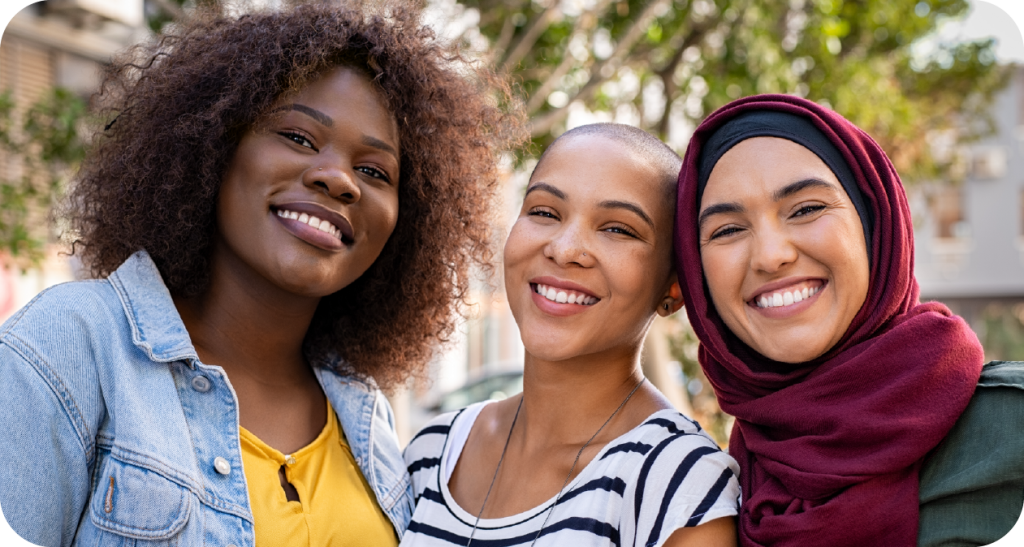
This free online course explores artificial intelligence from a youth perspective, unpacking how AI works, what it gets wrong, and how young people can shape this technology for good. Designed by youth from across the Middle East, North Africa (MENA), and the United States, this course uses youth storytelling to build essential skills for understanding and using AI.
Global Nomads uses the power of storytelling to promote empathy and bring social topics to life through day-to-day realities. Participating youth read authentic, impactful stories from youth participants around the world that reveal deep truths about global issues, then enhance the conversation by sharing their own stories with fellow Student to World users. All participants are eligible to participate in moderated live conversations with other youth from around the world.

Educators
Classroom teachers and school administrators.
Group leaders & mentors
Afterschool programs and groups, faith-based organizations, scouting, clubs, etc.
Independent learners
Individual youth participants.
Teachers, Educators, & Leaders
Create an account and invite students or youth participants.
Students
If your teacher or group facilitator gave you a code.
Independent Learners
Take a course on your own.
This course is divided into three modules with content presented in video format using youth storytelling to build essential skills for understanding and interacting with AI.
Module 1:
The Basics of AI
Students explore and share stories about different types of Artificial Intelligence and the effects of human error on how AI works in everyday life.
Module 2:
What’s Cooking?: The recipes and ingredients of AI
Students explore and share stories about AI data and algorithms, the kinds of mistakes AI can make, and how those errors affect people and communities.
Module 3:
How can we help?: Reducing errors in AI
Students explore and share stories about how youth around the world are finding ways to reduce AI errors and make technology more fair and reliable.
Participants will be able to:
Common Core Standards
English Language Arts Standards (Grades 6-12)
UN Sustainable Development Goals
Asia Society Global Education Standards
21st Century Skills
Center for Curriculum Redesign
